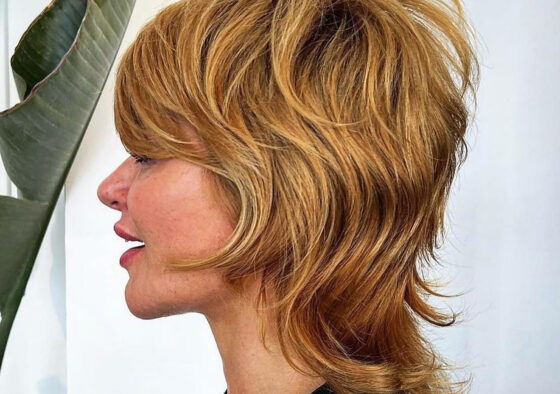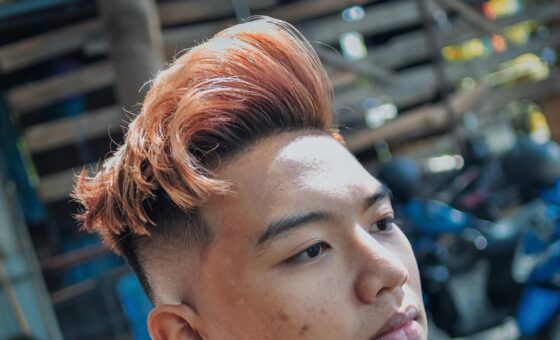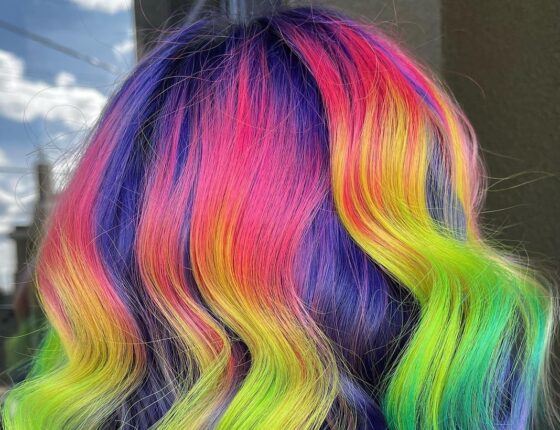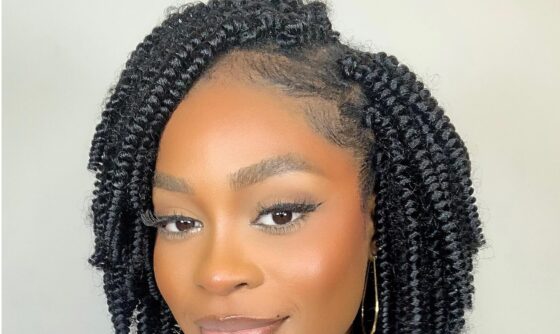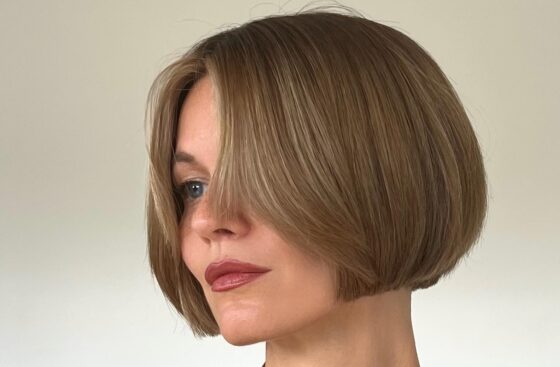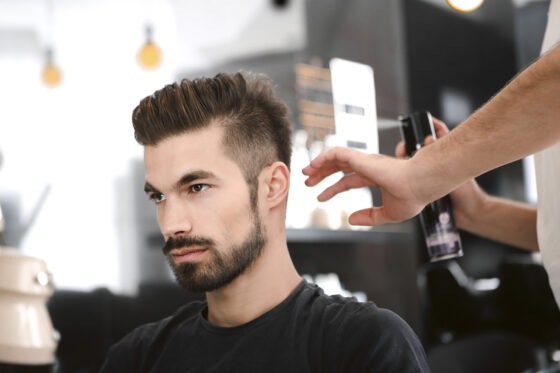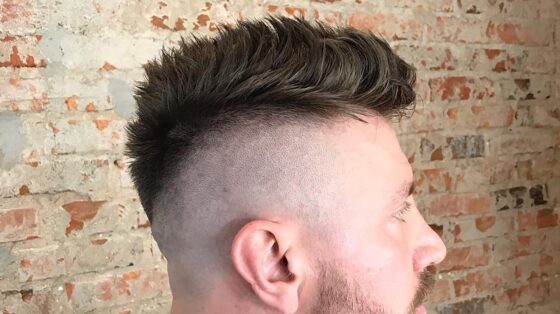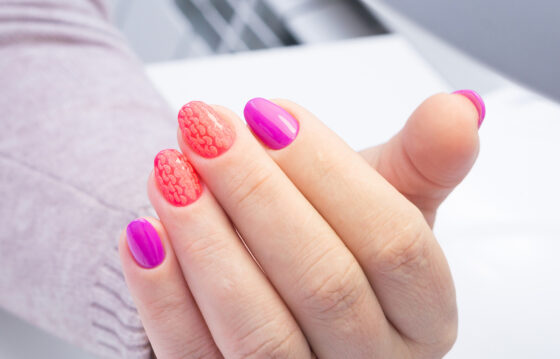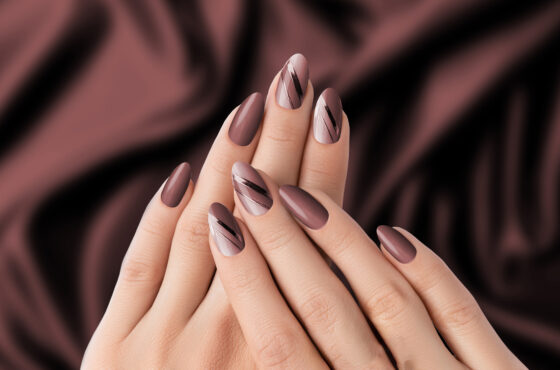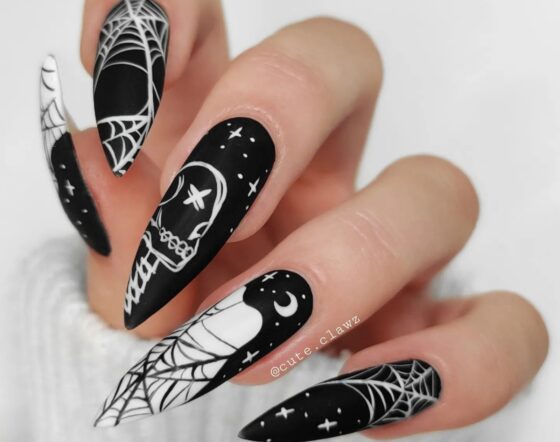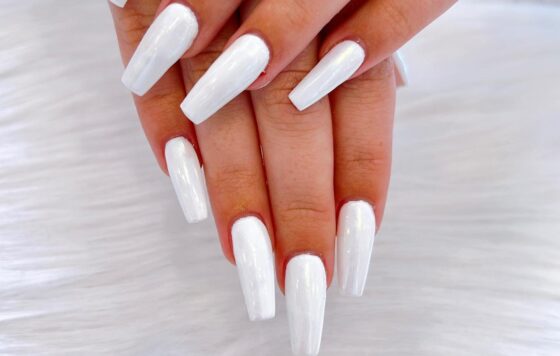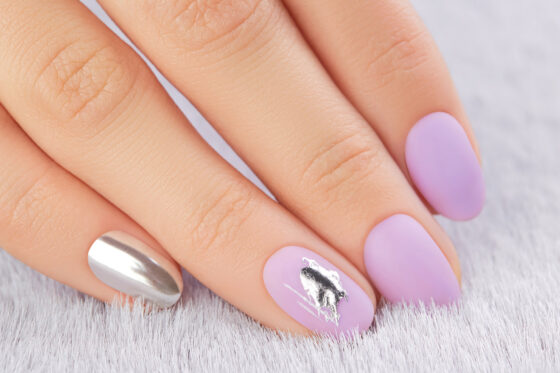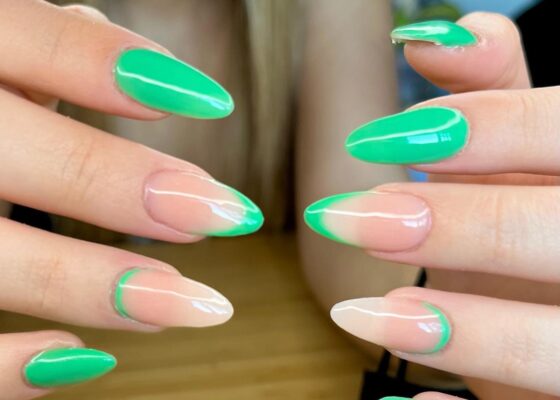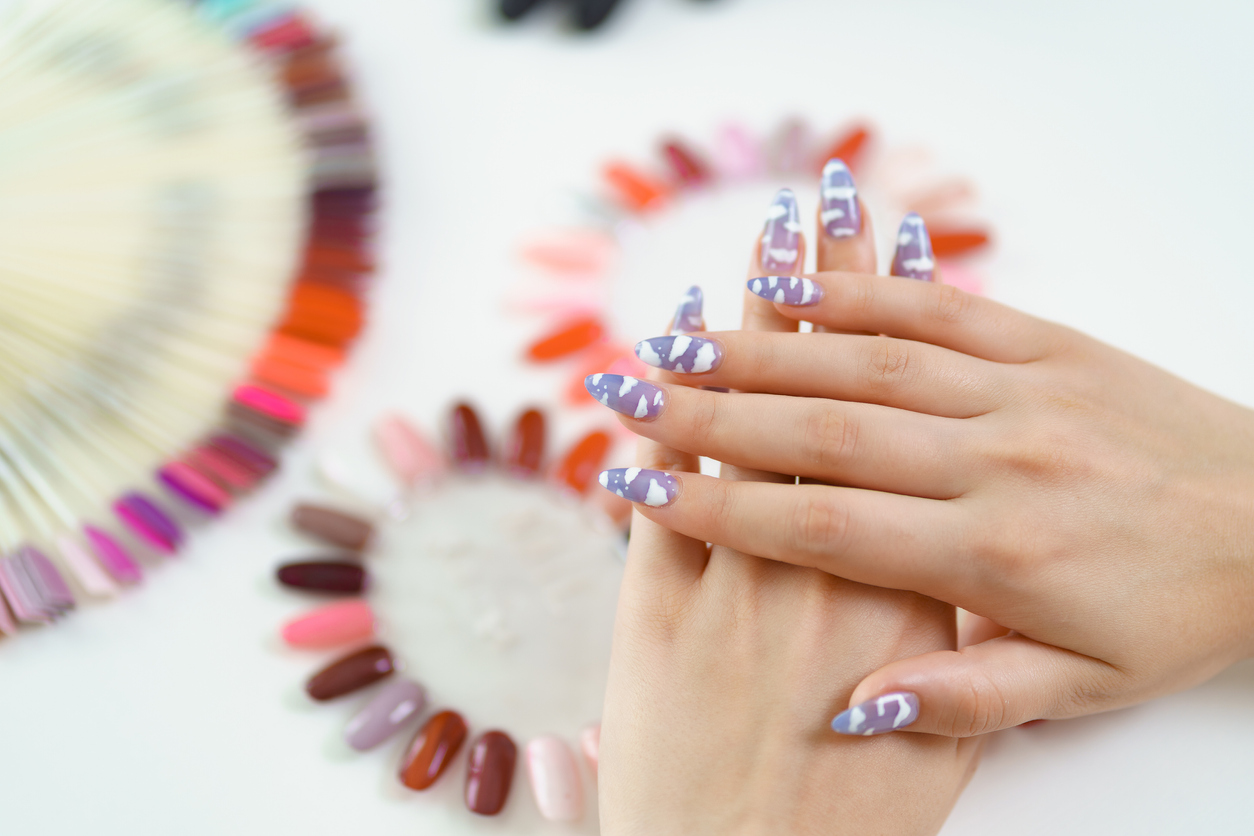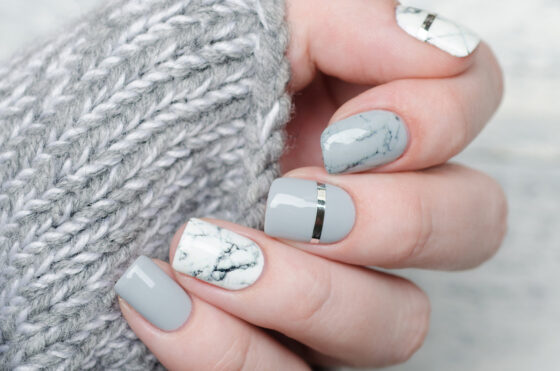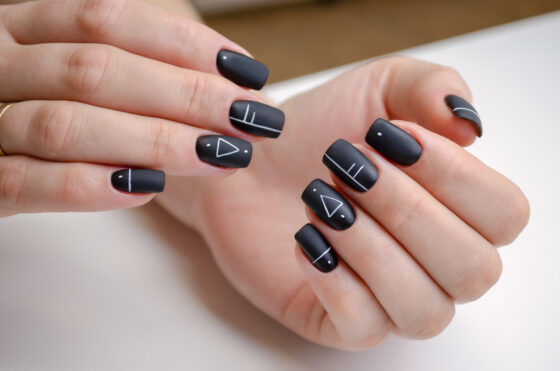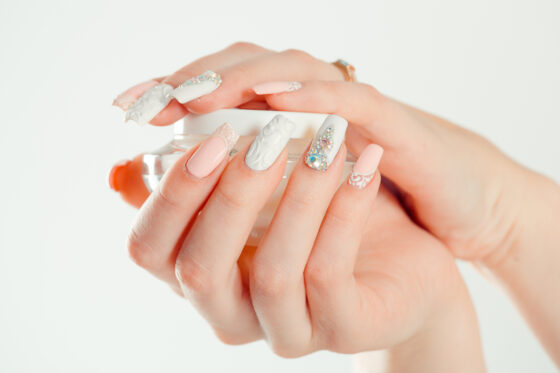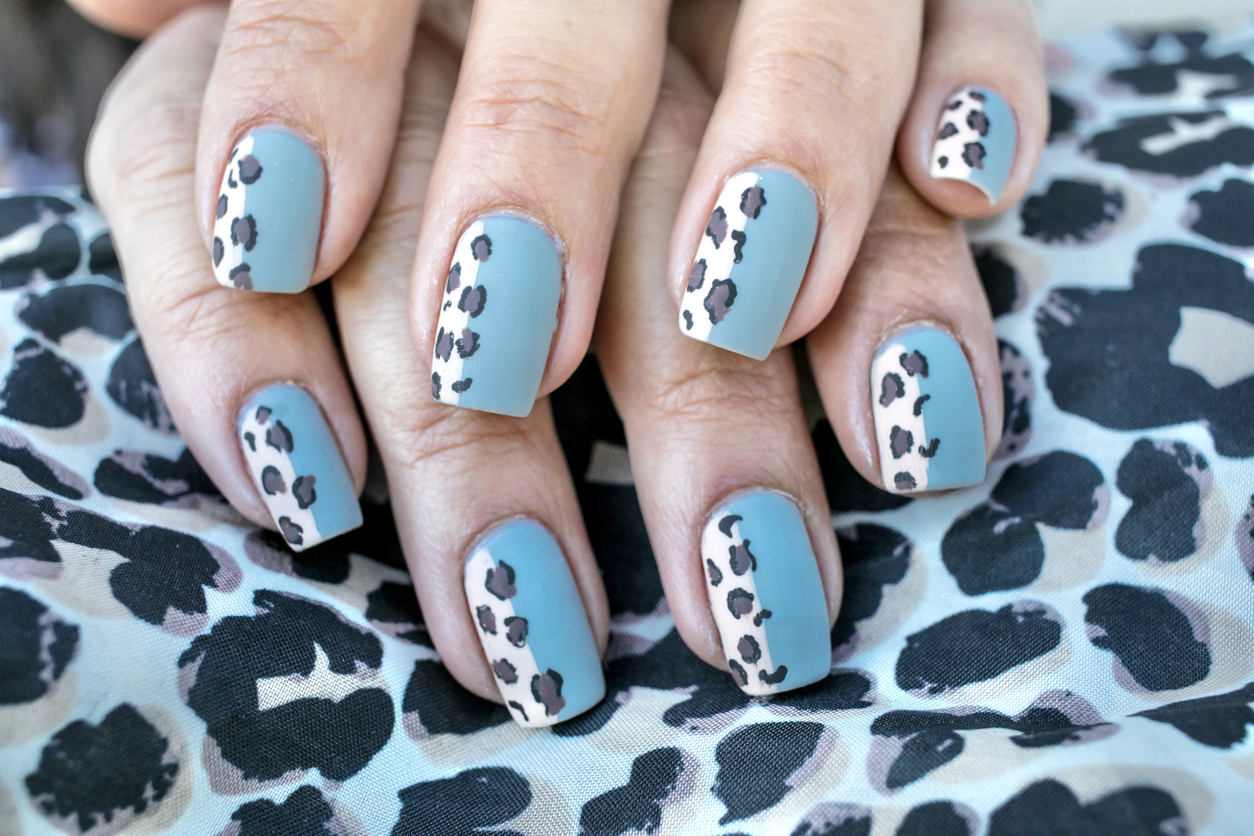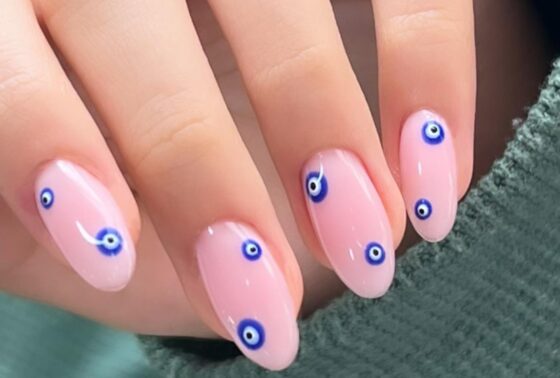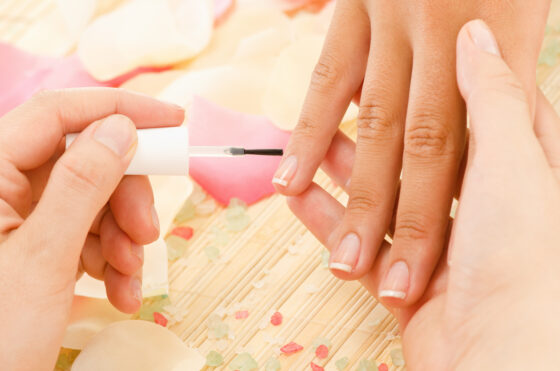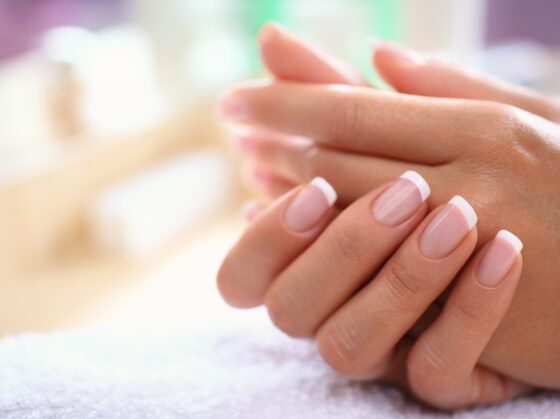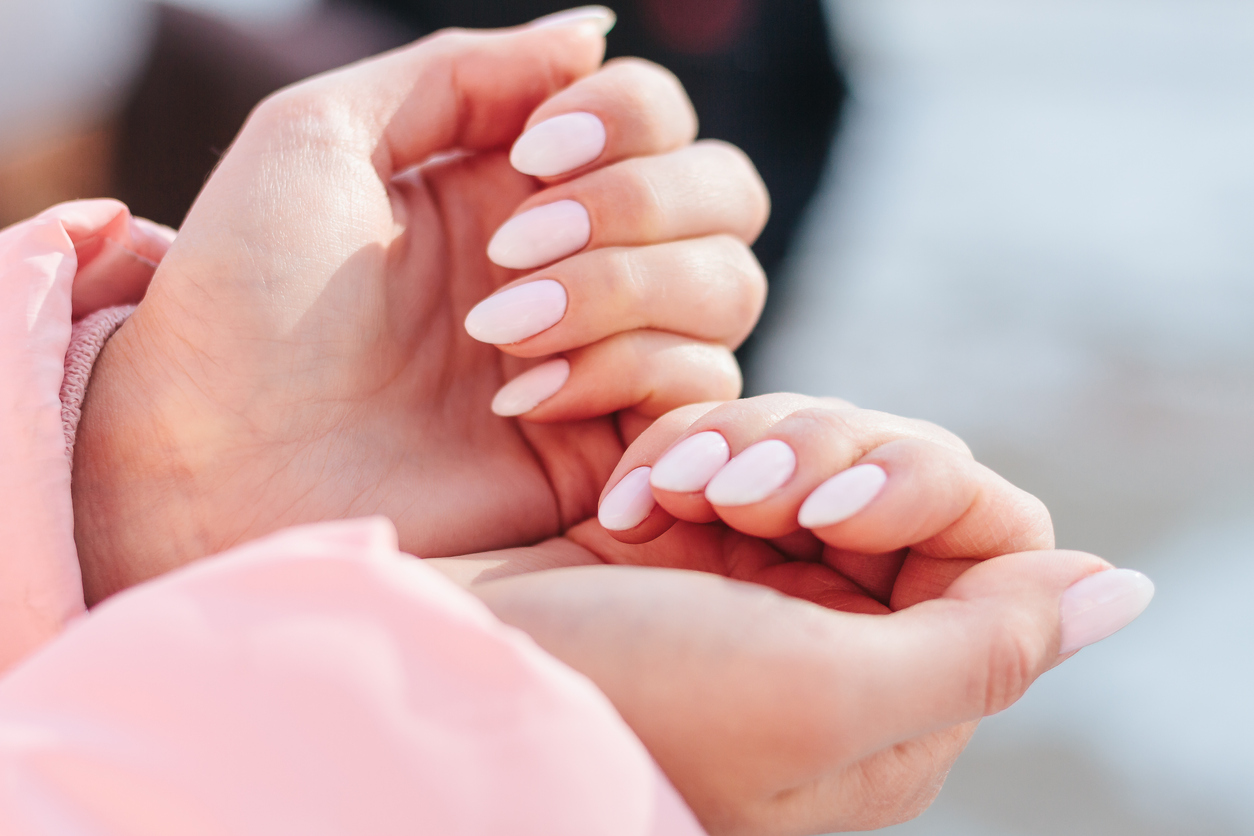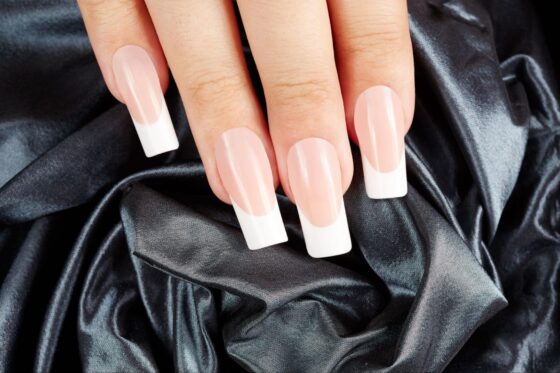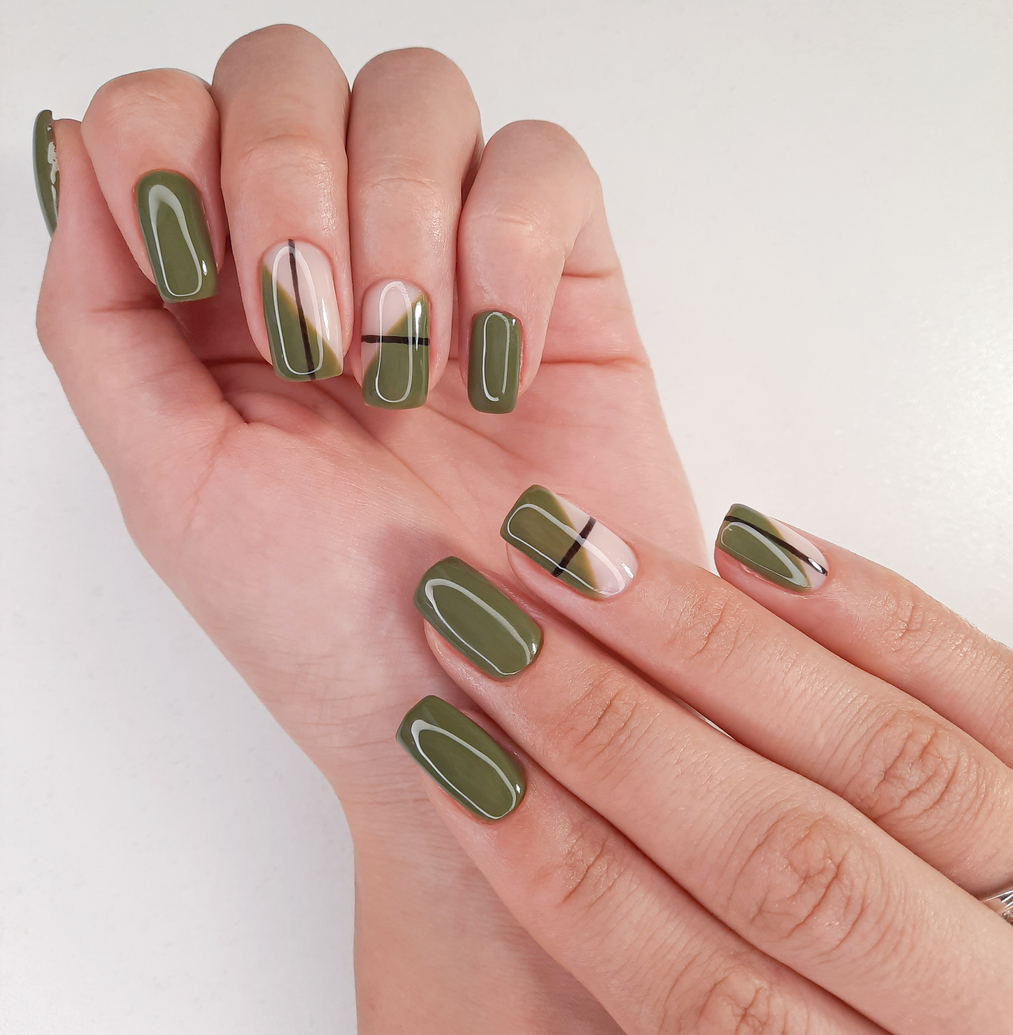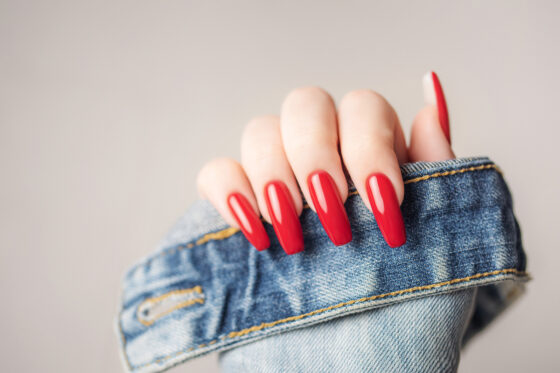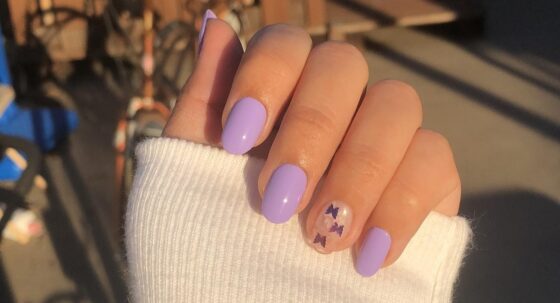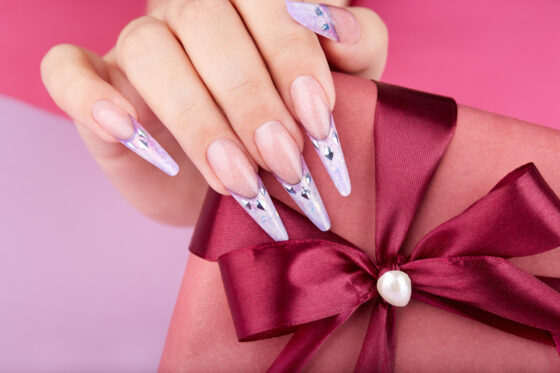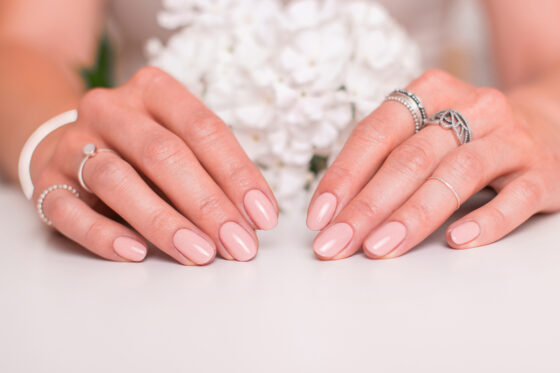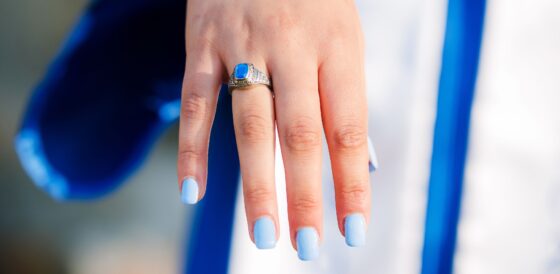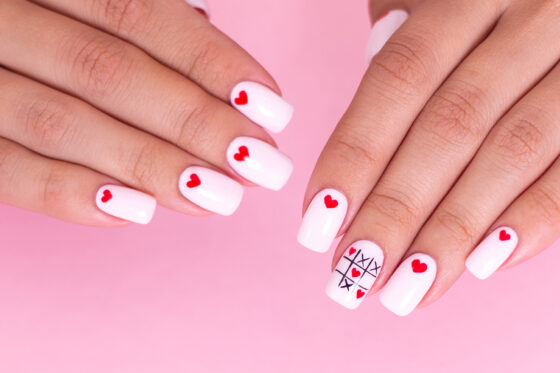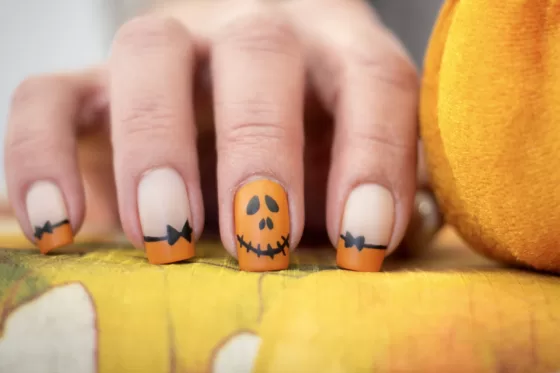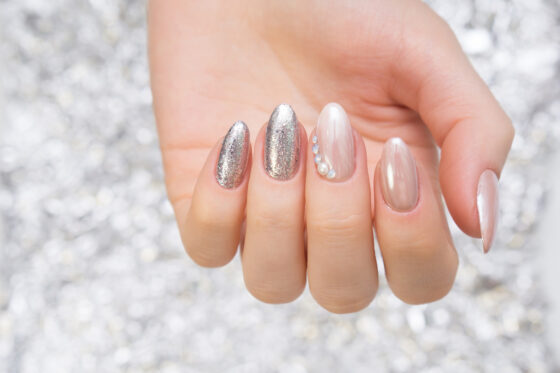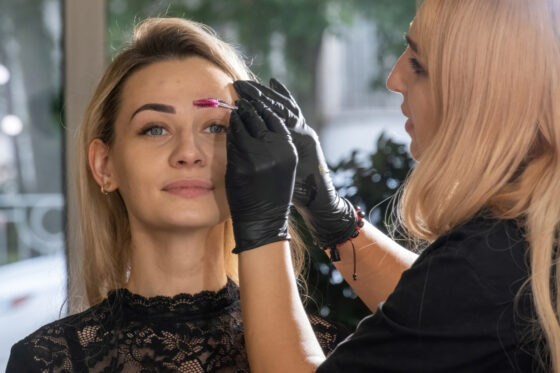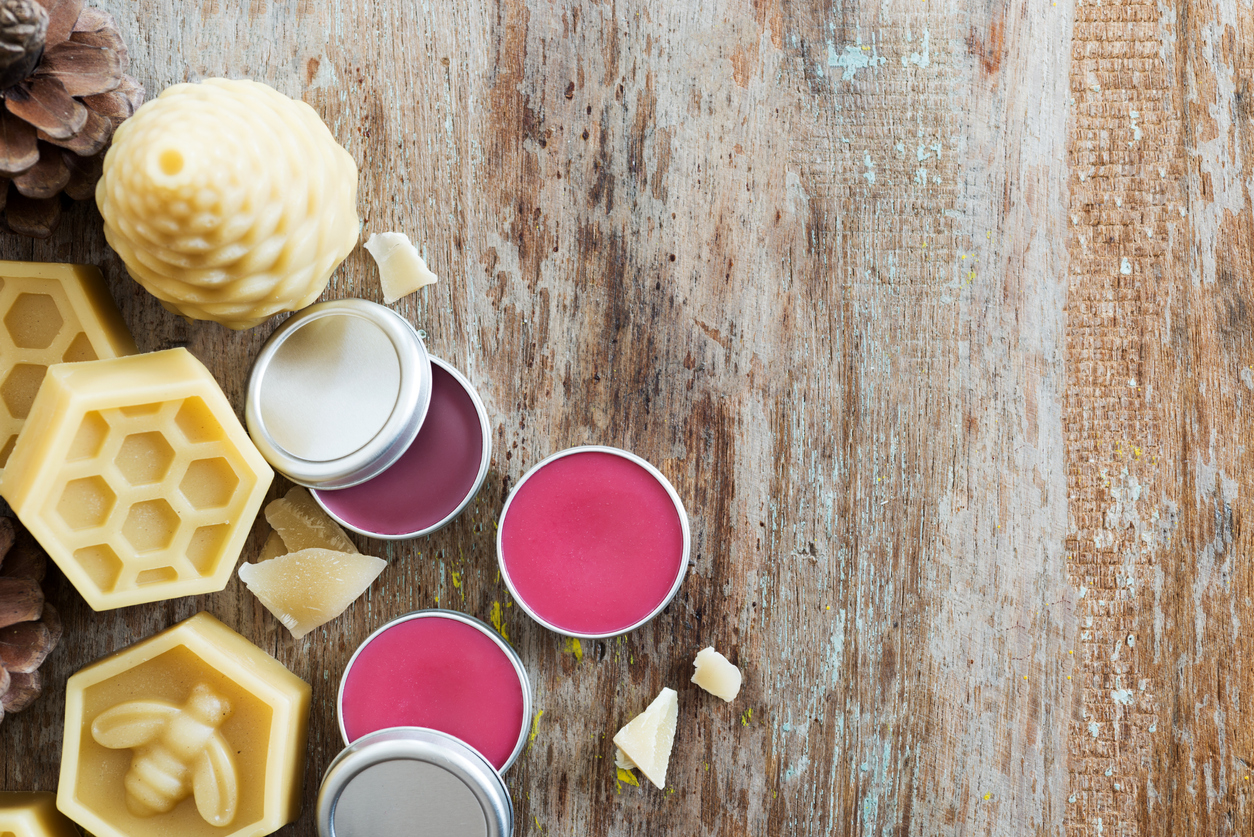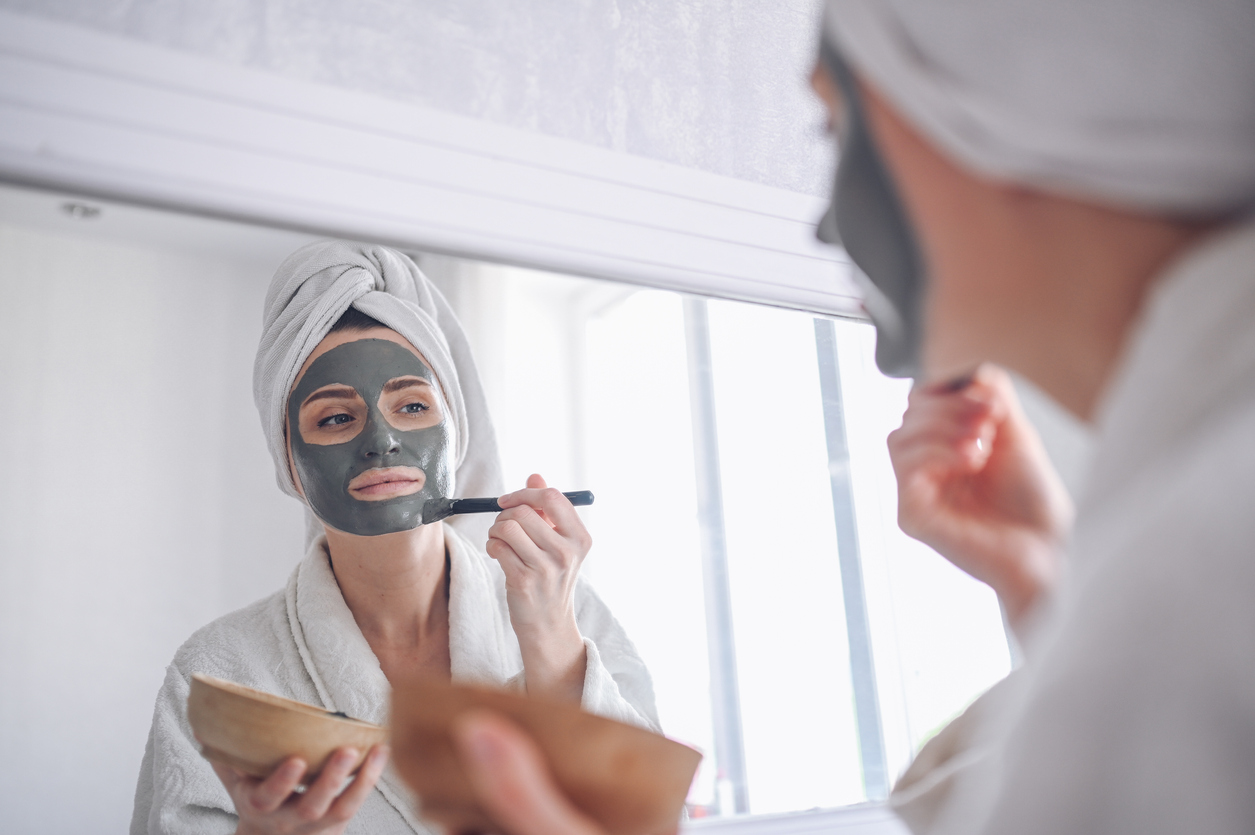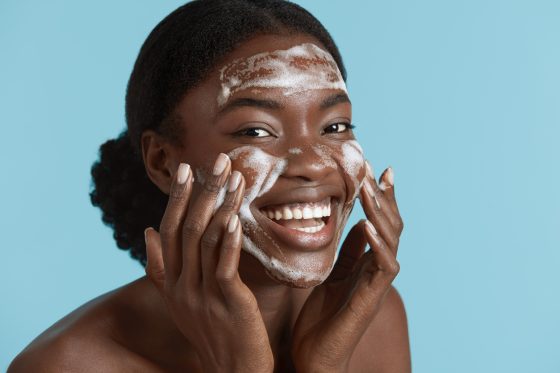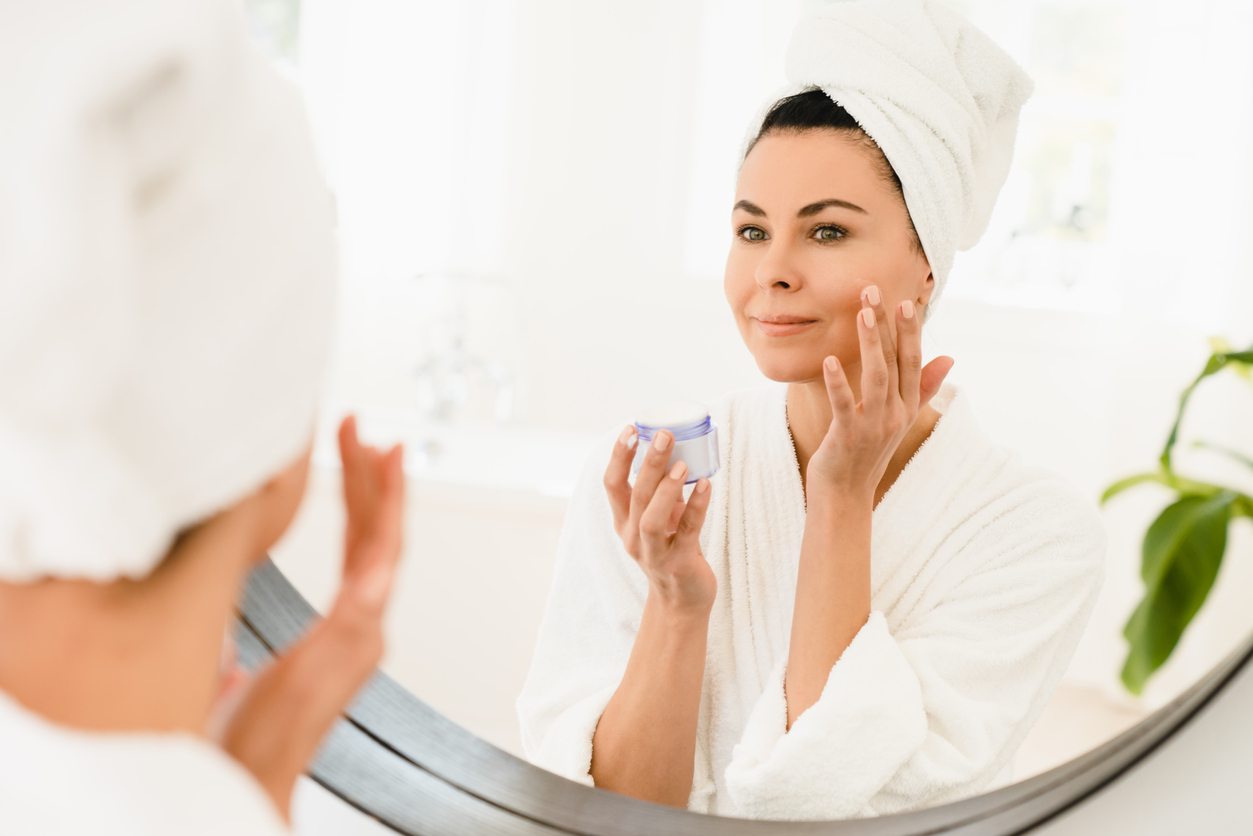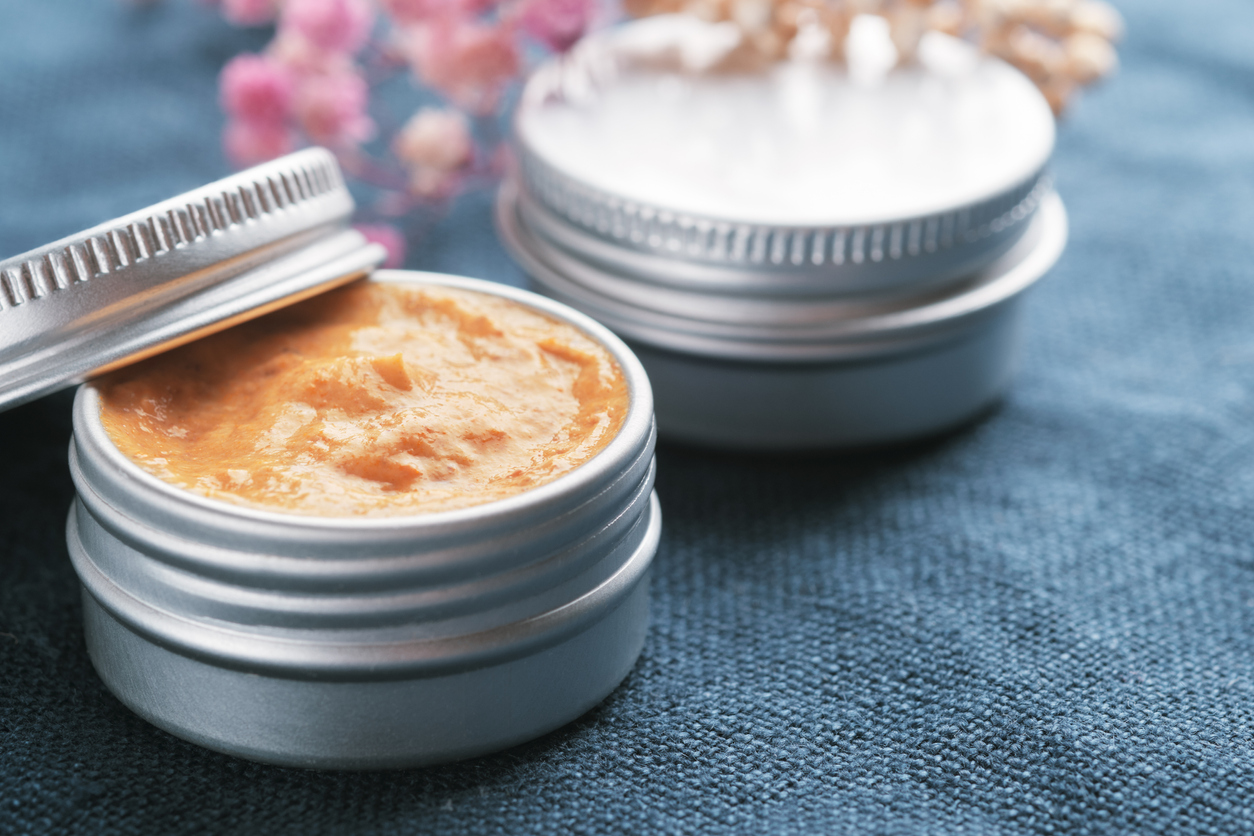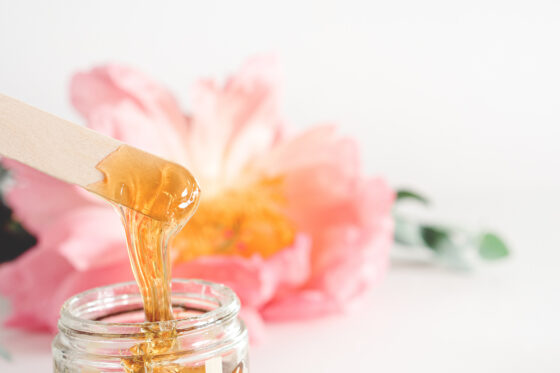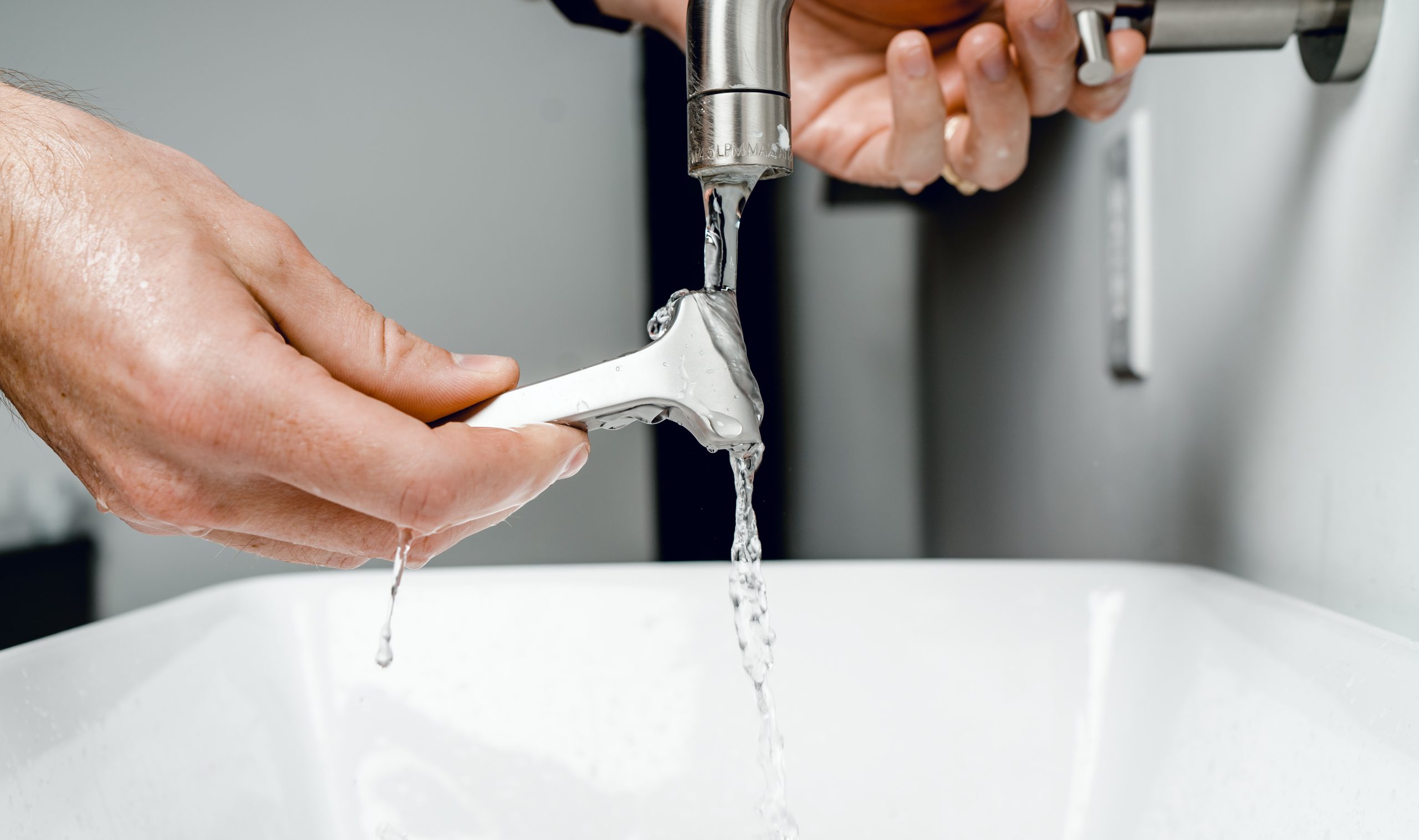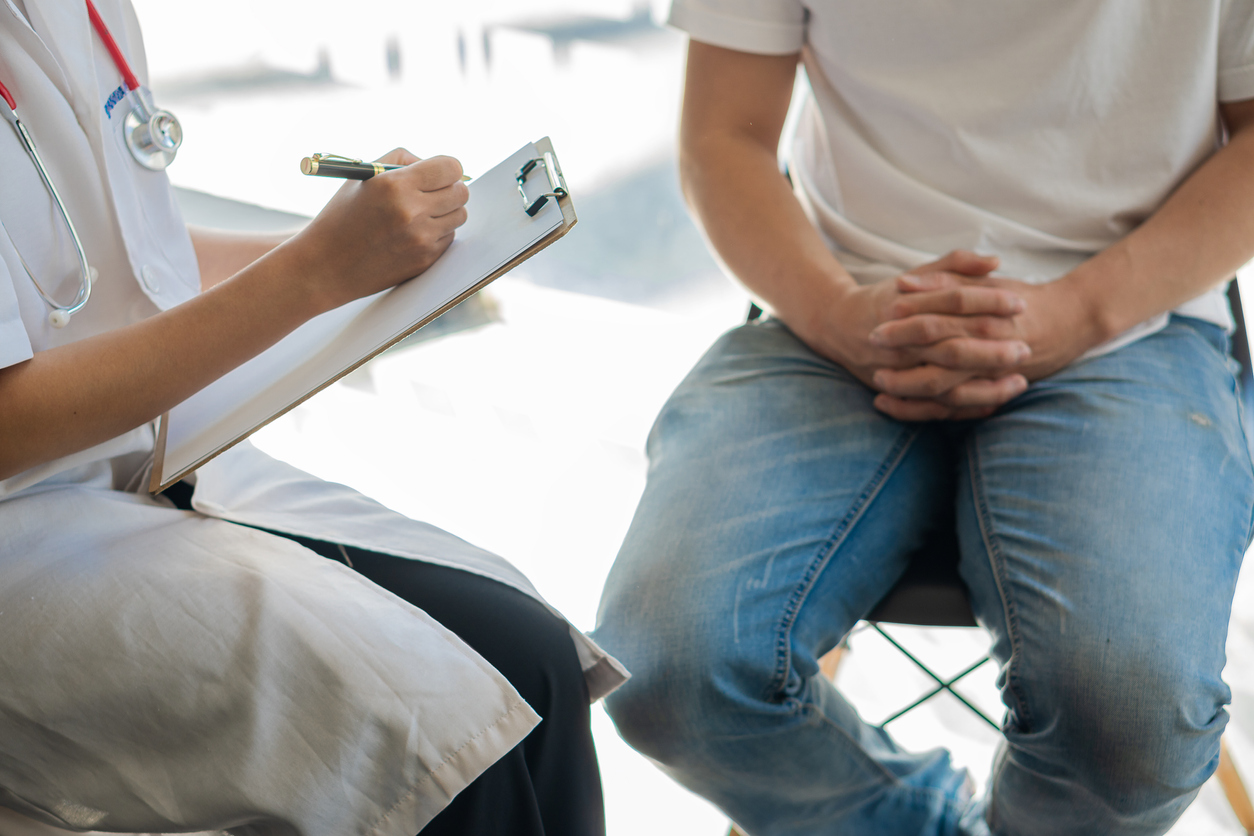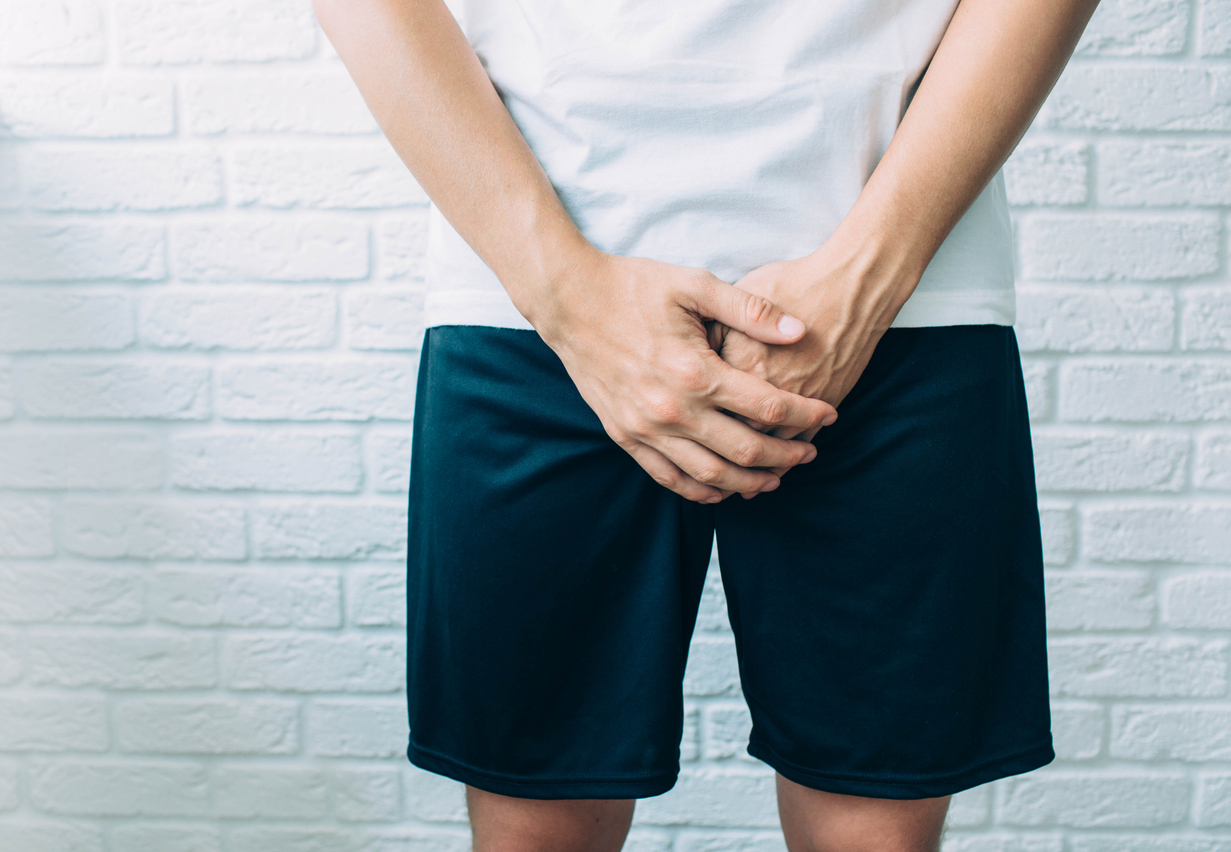You just got out of the shower. You’ve got a towel wrapped around your waist. You look in the mirror at the handsome devil staring back at you…you’re feeling pretty good about your hot date tonight.
Then you drop your towel to the floor and look down, only to think, “What the…why are there bumps on my penis?”
It happens to the best of us. Bumps on the penis happen to everyone at the most inconvenient of times. While bragging about the recent activity of a penis may be typical locker room conversation, bumps on the penis are not.
They’re not aesthetically pleasing and certainly, put a damper on an intimate date, but bumps on the penis are fairly common. Some penis bumps are as harmless as beauty marks, and others are easily treatable. We’ll get into the details on this common problem and how you can address it in this post so you’re prepared when bumps on penis strike.
Common Places for Them to Appear
Even when we are confident we know the ins and outs of our penis, sometimes when we search for ‘bumps on penis’ by asking Dr. Google, it’s easy to mistake bumps on the penis if we don’t know the correct terminology for the places they appear.
| Name | Medical Name | Description |
| Head (aka the tip) | Glans |
|
| Shaft | Corpus |
|
| Foreskin | Prepuce |
|
| Base | Suspensory ligaments |
|
| Pubic area | Scrotum |
|
Different parts of your privates can grow bumps for various reasons. Let’s go over the external anatomy of the penis and the most common places for bumps on the penis appear.
Bumps on Penis Head
The head of the penis is the bulbous, mushroom-shaped tip made of spongy erectile tissues. It contains the opening of the urethra, the opening that releases urine and semen. The skin on the penis head is smooth and hairless.
Shaft
The base of the penis is the connective tissue that holds the shaft of the penis close to the pelvic bone. The skin on the base of the penis is wrinkly and can have hair.
Base
The base of the penis is the connective tissue that holds the shaft of the penis close to the pelvic bone. The skin on the base of the penis is wrinkly and can have hair.
Pubic Area
The pubic area of the penis includes the base and the scrotum. The scrotum, aka your ‘balls’, is the sagging skin that hangs below the penis and contains the testicles. This area grows the most hair.
White Bumps on Penis
White bumps on the penis head or shaft can be a typical whitehead, a closed clogged pore filled with oil and dirt. Unfamiliar-looking tiny white bumps on the penis are likely Fordyce spots.
What are Fordyce Spots?
White bumps on the penis shaft or head are most likely Fordyce spots. They can also appear on the scrotum. These white or yellow spots are enlarged oil glands and a common skin condition on male and female genitalia; yes, women can get a pimple on the labia. You can breathe a sigh of relief; they’re common and certainly not contagious!
Here’s some quick facts about Fordyce spots:
- They are pain-free
- Tiny white or yellow bumps
- Appear in clusters
- Common in male and female genitalia
- Caused by hormonal changes and increased oil production
Causes of Fordyce spots
Fordyce spots develop due to hormonal changes in the body and most often appear after puberty. Their specific cause is unknown – however, they are most prominent in people with oily skin. Excessive oil production from exercise or heat may also lead to the development of these unflattering little white bumps.
Treatment: How to Get Rid of Fordyce spots
Most doctors will recommend leaving Fordyce spots and allowing them to go away on their own. However, some individuals find them to be a cosmetic problem causing anxiety and stress.
To remove Fordyce spots, your doctor may recommend one of the following three options:
- CO2 laser treatment
- Electrosurgery
- Topical ointments
Prevention of Fordyce spots
Fordyce spots caused by hormonal changes cannot be prevented. However, due to the increased oil production, keeping your privates clean and dry can reduce the severity of Fordyce spot outbreaks.
To reduce the severity of Fordyce spots:
- Shower daily
- Change underwear after athletic activities
- Use a body wash designed for oily skin
Small Bumps on Penis
Small bumps on the penis could be something as simple as a pimple on the penis, or it could be the sign of a sexually transmitted infection. If you notice small pearly bumps on the penis head, you most like have pearly penile papules.
What are Pearly Penile Papules?
Pearly penile papules are small pinkish-white, pimple-like bumps around the penis head. Medically known as Hirsutoid papillomas, they circle the head of the penis in one or two rows. They are asymptomatic, harmless, and noncontagious.
Here’s some quick facts about pearly penile papules:
- Medically known as Hirsutoid papillomas
- Tiny pinkish-white bumps
- Harmless and non-contagious
- More common in uncircumcised penises
Causes of Pearly Penile Papules
Medical professionals estimate that 14 to 48% percent of males have or will develop pearly penile papules at some point in their life. The cause of pearly penile papules is unknown.
Treatment: How to Get Rid of Pearly Penile Papules
Most doctors will not recommend treating pearly penile papules since they are harmless and noncontagious. Though intervention is not medically necessary, some people may find the cosmetic appearance embarrassing and psychologically distressing.
To treat pearly penile papules, doctors offer three options:
- Cryotherapy
- Laser therapy
- Excision (cutting)
Do not use toothpaste, castor oil, lemon juice, or acids on pearly penile papules. Never try cutting them off yourself.
Prevention of Pearly Penile Papules
Unfortunately, there is no way to prevent pearly penile papules or reduce their size or appearance without surgery. Circumcision at birth may decrease the chance of developing pearly penile papules in adulthood, as medical research does suggest they are more common in uncircumcised penises. It might be worthwhile to keep this in mind if you have a son!
Red Bumps on Penis
Red bumps on the penis could be a clogged pore infected with bacteria, otherwise known as a regular pimple. Yep. It is possible to have pimples and acne on your penis.
What are Pimples on the Penis?
Just like the dreadful facial acne you had as a teenager, your penis can also have the same pimples. Acne on the penis is not only quite common but treatable and preventable too!
Here’s a few quick facts about pimples on the penis:
- Can be whiteheads on penis
- Can be a blackhead on penis
- Red pimples are inflamed due to clogged bacteria
- More common in oily skin
- Often caused by poor hygiene
Cause of Pimples on the Penis
Just like regular pimples which appear on the face, back, and arms, red bumps on the penis are caused by clogged pores which become inflamed with the accumulation of dirt, sweat, oil, or bacteria. Remaining in sweaty underwear after workouts and infrequent showers are common causes of pimples and red bumps on the penis.
Treatment: How to Get Rid of Pimples on the Penis
Your penis has very sensitive skin compared to your face and other body parts. Using over-the-counter topical ointments for acne on your penis or scrotum is not recommended. Avoid using products containing benzoyl peroxide and salicylic acid. You don’t want a couple of red pimples to turn into a bright red crotch!
If you want a cleanser to reduce oil and treat red bumps on the penis, use an intimate wash for men, with ingredients like vitamin e to help treat pimples and prevent breakouts.
Prevention
If you are born with oily skin, you will be more prone to pimples on your face, genitals, and elsewhere on your body. However, proper hygiene can prevent those small red bumps on the penis from appearing regularly.
Proper hygiene to prevent pimples on the penis includes:
- Change out of your underwear after physical activity
- Avoid wearing tight underwear or shorts in warm weather
- Shower daily
- Wash the genital area after sports or workouts
Hard Bumps
Hard bumps on the penis shaft which after sex or masturbation are called lymphoceles. They are caused by a blockage in the lymph channels and go away on their own. If you have hard bumps on the scrotum which do not disappear, they could be spermatoceles.
What is a Spermatocele?
Spermatoceles are cyst-like hard bumps on the penis base or the scrotum. They are smooth, firm lumps that grow in the epididymis, a tube in each testicle that contains used sperm and fluid.
Here’s a few quick facts about spermatoceles:
- Usually pain-free and benign
- Present in 30% of men
- Most likely discovered during physical examination
- Does not affect fertility
Cause of Spermatoceles
Spermatoceles are another one of those mysterious bumps on the penis which have no known cause. Medical research suggests that 30% of men have small spermatoceles in their testicles that go undetected. Because they are usually painless and tucked out of sight, many men won’t know they have spermatoceles until a physical examination or maybe the discovery from a sexual partner.
Treatment: How to Get Rid of Spermatoceles
Unfortunately, spermatoceles are one of those things you just have to live with, like a slow metabolism or thinning hair. Doctors don’t recommend treatment unless the spermatocele is large or painful, causing discomfort or emotional stress.
A surgical treatment called a spermatocelectomy is the most common way to remove a spermatocele. It is a simple day procedure where general or local anesthetic is strongly recommended.
A spermatocelectomy involves three steps:
- Incision is made in the scrotum of the testicle with the spermatocele.
- The testicle is lifted out, and the spermatocele is removed using exclusion.
- The testicle is put back in place, and any bleeding is sealed off.
Prevention
There is no way to prevent the formation of spermatoceles. However, medical experts recommend conducting self-examinations of the testicles every month. Any changes in the mass of your testicles or any lumps should be reported to a doctor. A medical exam by a professional and, if necessary, a tissue biopsy will determine whether the lump is benign or malignant.
Hair Bumps on Penis (Razor Bumps)
If you’ve been manscaping your privates and developed penis bumps, you most likely have razor bumps. Hair bumps on the penis occur when the skin becomes irritated, causing folliculitis.
What is Folliculitis?
Folliculitis is inflamed hair follicles that look like small, yellow pustules around the hair follicle.
Here are a few quick facts about Folliculitis:
- Inflamed hair follicles
- Caused by shaving, contaminated water, or ingrown hairs
- Causes redness and swelling
- Can cause an itchy and burning sensation
Causes
If you have been shaving your pubic hair, most likely the primary cause of folliculitis around the penis is razor burn.
The three most common causes of folliculitis are:
- Razor burn
- Exposure to contaminated water
- Ingrown hair
Razor Burn on the pubic area appears like tiny, itchy bumps that cause redness and swelling. They are not ingrown hairs. Razor burn occurs when the skin comes in contact with a razor blade, and the tiny cracks and moisture loss cause inflammation.
Razor burn occurs by:
- Shaving too quickly
- Shaving without cream or gel
- Using a dull razor blade
Exposure to contaminated water can cause bacteria to enter the hair follicles. The skin becomes irritated, causing a rash of round, itchy pimples to appear a day or two after exposure.
Exposure to contaminated water can occur from:
- Hot tubs
- Water slides
- Heated pools
- Water where the pH levels are off
Ingrown hairs on the pubic area common. They happen when pubic hair is shaved and grows back into the skin. Your body responds to the ingrown hair like any other irritant, causing inflamed bumps.
Ingrown hairs are usually caused by:
- Shaving
- Waxing
- Hormonal changes
Treatment: How to Get Rid Of Razor Bumps on Penis
Razor bumps or folliculitis on the penis will go away on their own. If you want to soothe the irritation from folliculitis, consider a topical ointment for sensitive skin: hydrocortisone cream, aloe vera, and calamine lotion.
Prevention
Resisting the urge to manscape altogether is a lot to ask and unnecessary. To prevent razor bumps on the penis, take the following precautions:
- Don’t shave too often
- Don’t shave too quickly
- Change your razor blade every 5-10 shaves
- Use shaving gel on your pubic area
- Apply a moisturizing lotion after shaving
Itchy Bumps on Penis
Itchy bumps on the penis could be caused by various skin conditions. If itchy bumps on the penis occur suddenly after any changes to exposure, you might have contact dermatitis.
What is Contact Dermatitis?
Contact dermatitis can cause bumps on the penis shaft, base, and groin area. Contact dermatitis is a skin inflammation that occurs when the skin is allergic to foreign chemicals, substances, or other irritants. It causes raised, itchy bumps on the penis shaft and skin reddening.
Quick facts about contact dermatitis on the penis:
- Caused by chemical or material allergies
- Raised itchy bumps
- Redness and swelling
- Easily treatable
- Commonly mistaken for an STI
- Can be caused by abrasion from tight clothing or underwear
Causes of Itchy Bumps on Penis
Determining the cause of the contact dermatitis on your penis can be challenging. Any new body product, laundry detergent, or potential skin irritation can cause itchy bumps on the penis to appear.
The most common causes for contact dermatitis on the penis are:
- Condoms
- Lubricants
- Body wash
- Tight underwear
- Cycling or spin bikes
Zohna Tip
Don't skip out on condoms for the sake of practicing safe sex. Use latex-free or hypoallergenic condoms designed for sensitive skin!
Treatment: How to Get Rid of Itchy Bumps on Penis
To treat those itchy bumps on your penis caused by contact dermatitis, you should treat it how you would with any allergic reaction to the skin.
Clear up bumps on your penis caused by contact dermatitis with the following steps:
- Stop using the product causing the allergic reaction
- Take an oral antihistamine
- Soothe the area by soaking in a cool-temperature bath
- Apply an anti-itch cream with hydrocortisone
Prevention of Itchy Bumps on Penis
Preventing contact dermatitis is simple: avoid using the allergen or irritant that caused the rash. Stick to mild body washes and latex-free condoms, and avoid wearing tight underwear or irritating fabric if contact dermatitis continues.
Causes of Bumps on Penis
Lumps, bumps, or pimples on the penis… how do you know the difference?
The chart below provides an overview of the most common causes of bumps on the penis, including their characteristics and where they appear.
| Cause | Description | Locations |
| Fordyce Spots |
|
|
| Pearly Penile Papules |
|
|
| Acne on penis |
|
|
| Spermatoceles |
|
|
| Folliculitis |
|
|
| Contact Dermatitis |
|
|
Sexually Transmitted Infections (STIs)
Now, now Casanova before you get too cocky, we want to rule out the possibility of an STI. Even if you’re relatively confident you know the cause of your penis bumps, if you’ve had any new sexual partners since your last sexual health screening, you’ll want to get tested for STIs before you proceed with your date night.
The three most common STIs to mistake for bumps on the penis are:
- Herpes
- Human Papillomavirus (HPV) / Genital Warts
- Syphilis
The chart below compares the most common STIs mistaken for bumps on the penis: Herpes. Consult the table below to get a quick breakdown of the differences.
| Herpes | Red Bumps on Penis |
| Appear all over genitals and buttocks | Localized to areas with sweat or friction |
| Multiple liaisons | Individual or clusters |
| Itchy and burning sensation | Sometimes itchy |
| Painful to touch | Not painful unless squeezed |
| Reoccuring outbreaks | Appear due to increased oil production |
| Additional symptoms: fever, headaches, genital discharge | Additional symptoms: Bleeding or pus if squeezed |
When to See a Doctor
It’s totally normal to want to avoid seeing a doctor when it involves an examination of your genitals. Most of the time, you can treat and prevent bumps on the penis or they’re skin conditions that won’t cause harm.
Here are five signs you should see a doctor for penis bumps:
- Inflamed bumps that don’t go away
- Reoccurring red or pus-filled bumps
- Lumps that grow in mass and size
- Bumps on penis that cause physical or emotional discomfort
- Any chance you have an STI
We want to stress that last one. If you have had any new sexual partners, or if your sexual relationship is not exclusive, get tested for sexually transmitted diseases.
FAQ
Why Do I Have Bumps on My Penis?
Most bumps on the penis are harmless skin conditions, regular pimples, razor burn, or an allergic reaction.
The most common causes of bumps on the penis are:
- Fordyce spots
- Pearly penile papules
- Acne on the penis
- Lymphoceles
- Spermatoceles
- Folliculitis
- Contact dermatitis
- Sexually transmitted infections
How to Get Rid of Bumps on Penis
Depending on the cause of the bumps on your penis, getting rid of them may or may not be possible. Razor bumps are preventable by shaving with care and caution. Changing skincare products can reduce penis bumps caused by allergies. Proper hygiene can reduce pimples on the penis.
Never use products containing benzoyl peroxide or salicylic acid on your penis!
Final Thoughts
Remember, most bumps on the penis are problematic for cosmetic reasons, or they’ll go away on their own. Unless you’re pursuing a career as a Chippendale, there’s little reason to be concerned!
If the bumps on your penis are bothering you, it never hurts to see a doctor. We hope the information we’ve provided will give you a head start!





